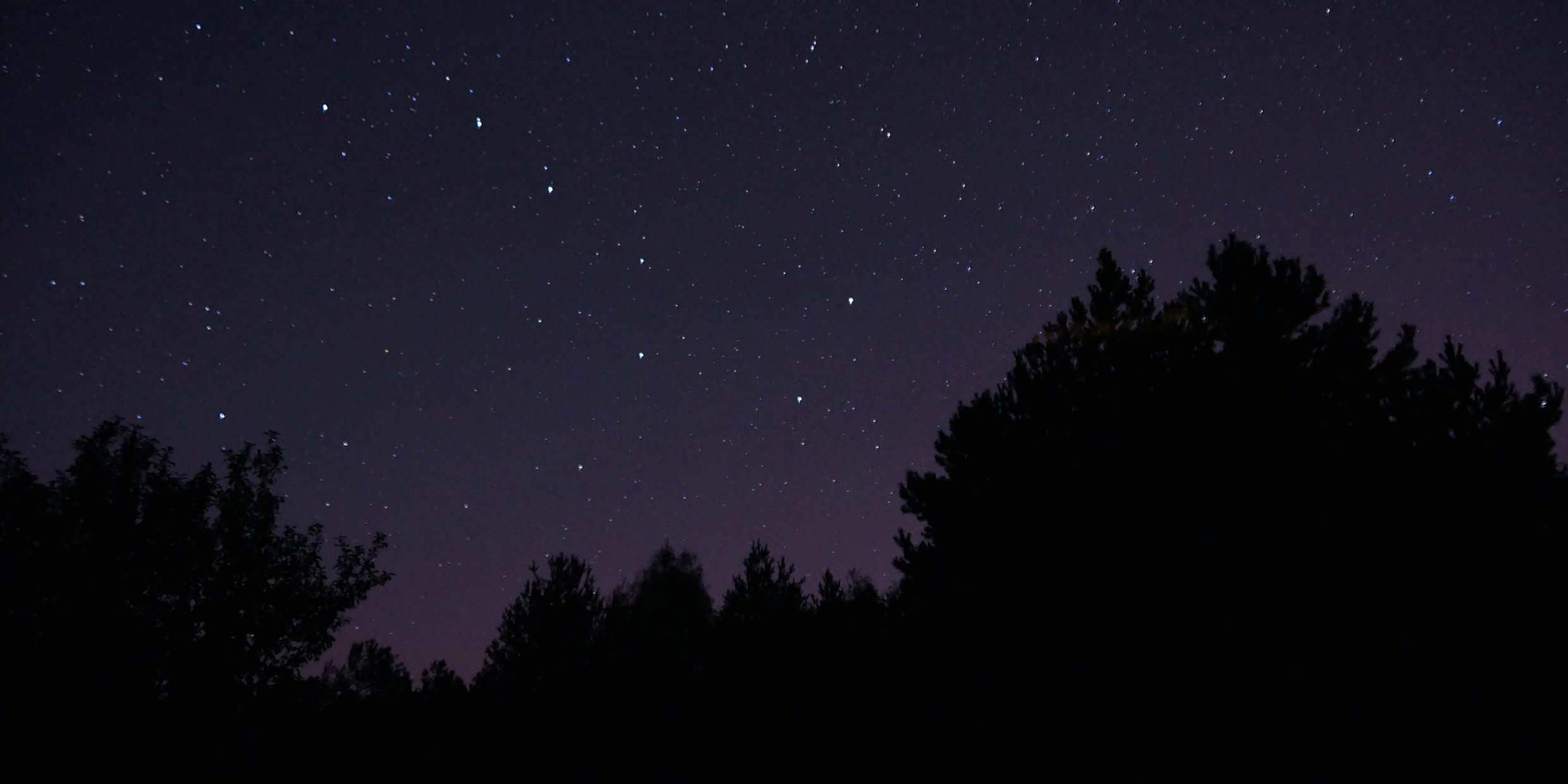Originally published 28 March 1988
For the past couple of months I have had a New Yorker cover tacked on the wall above my desk. The drawing on the cover, by Eugène Mihaesco, is simple. A pen lays on a white table, its nib dark with ink. An ink bottle stands open. The ink in the bottle is a map of constellations of the northern sky — Ursa Major, Ursa Minor, and Draco — including the stars Dubhe, Merak, and Mizar.
Simple, yet hauntingly provocative. Again and again I have paused in my work to look at the drawing. It seems to suggest that the possessor of the pen — a poet? an astronomer? — draws inspiration from the ink of night. But the star map, with its constellations and star names, is the work of a creative imagination. So the ink in the bottle is both the night and an image of the night. Ambiguous? Certainly, but that ambiguity is an essential part of both art and science.
Does science describe reality, or does science invent reality? The question is as old as Parmenides and shows no sign of resolution. I suspect that most scientists are willing to live with the ambiguity. They are confident that their theories describe something that is real in the world, but they also know that theories are creations of the human mind.
Consider that little patch of night in the ink bottle — the constellations near the northern pole. Few groups of stars have so inspired the human imagination as Ursa Major, the Great Bear. The seven brightest stars of the constellation — the stars we know as the Big Dipper — are so instantly recognizable that sometimes I wonder if the pattern might not be genetically encoded in the human brain, the way some birds are endowed with the ability to navigate by stars.
The Greeks provided a charming legend to account for the constellation. The nymph Callisto was loved by Zeus, who transformed her into a bear to protect her from the wrath of Hera, his jealous spouse. One day Callisto’s son Arcas was out hunting in the forest and raised his bow to shoot the bear, not recognizing his mother in altered form. Zeus observed the impending tragedy from Olympus, and speedily intervened. He changed Arcas into a little bear, and placed mother and son into the heavens where they remain today, arched poignantly toward each other, the eternal victims of Zeus’ wandering eye. But Hera had the last laugh; she moved the two bears into the part of the sky near the celestial pole, so they would never set and therefore never rest.
New experiences, new stories
There was a time when images of bears and the story of Callisto and Arcas might have satisfied our curiosity about the sky, but the tension between experience and story has become too slack for the story to have any currency as science. Today we have new stories, stories more closely tied to our experience of the stars and more consistent with our other knowledge of the world.
Let me dip my pen into Mihaesco’s ink of night and tell the story of Dubhe, Merak, and Mizar, the three stars that are named on the map in the bottle. Dubhe, the star at the lip of the Dipper, is a yellow-orange giant 10 times larger than the sun and a hundred times more luminous. It lies 100 light years from Earth, a distance so vast that it would take a Voyager spacecraft, such as the craft we sent to Jupiter, Saturn and Uranus, a million years to get there. Dubhe was once a star very much like the sun, but it has depleted its energy resources and entered its death throes, swelling up to devour its inner planets, and boiling away whatever oceans and atmospheres those planets might have had. Dubhe’s fate will someday be the fate of our sun.
Merak and Mizar, at the bottom front of the Dipper’s bowl and at the bend of the handle, are sibling stars, born at the same time from a great gassy nebula and streaming together through space from the place of their birth. They are stars in the prime of life, many times brighter than the sun, and almost certainly accompanied in their travels by families of planets. Mizar is a wonderful thing to behold through a telescope. It is actually a system of two great suns, bound together by gravity, circling about a common center of attraction once every 10,000 years.
Testing inventions
How is it that astronomers can tell such stories, stories more wondrous than any myth of gods and nymphs, when the ink of night offers to the eye only tiny points of light? The answer is both simple and complex. We look, we invent, we look again. We test our inventions against what we see, and we insist that our inventions be consistent with one another.
And tension! Always we are testing the tension of the instrument which is science, observing that the strings of theory are taut and resonant. The same theories — of gravity and dynamics, for example — describe the fall of an apple from a tree and the streaming of stars through space. The story of the falling apple and the story of the stars resonate together.
Night is both the ink of our invention and the invention — an ambiguity we have learned to live with. We are confident (or we wouldn’t do science at all) that out there in space, 600 trillion miles from Earth, the dying star Dubhe burns with the brilliance of a hundred suns. But we also know that Dubhe is our invention. It is for us as it was for the singer in a famous poem by Wallace Stevens: “Even if what she sang was what she heard…there never was a world for her/ Except the one she sang, and singing made.”


